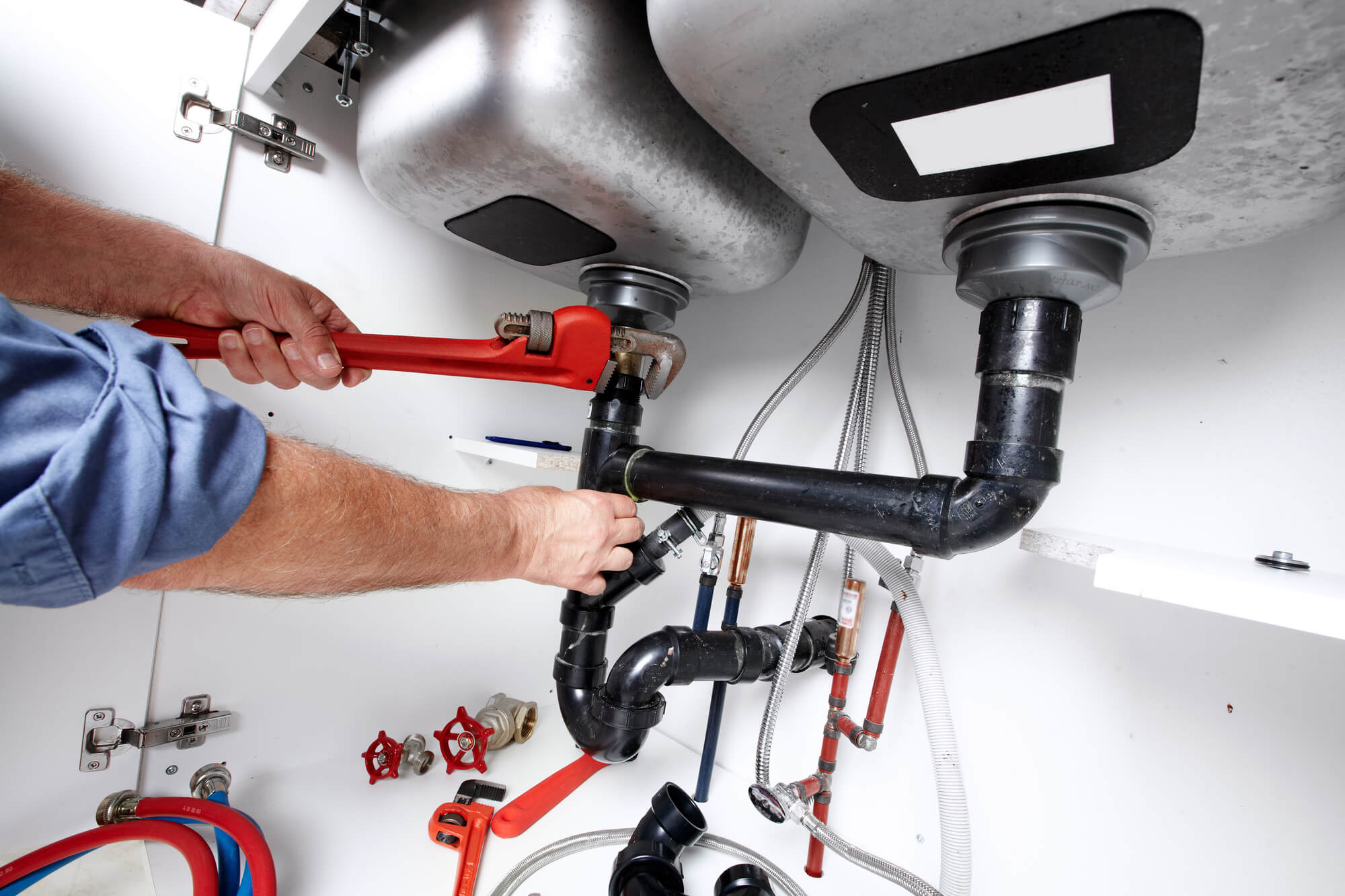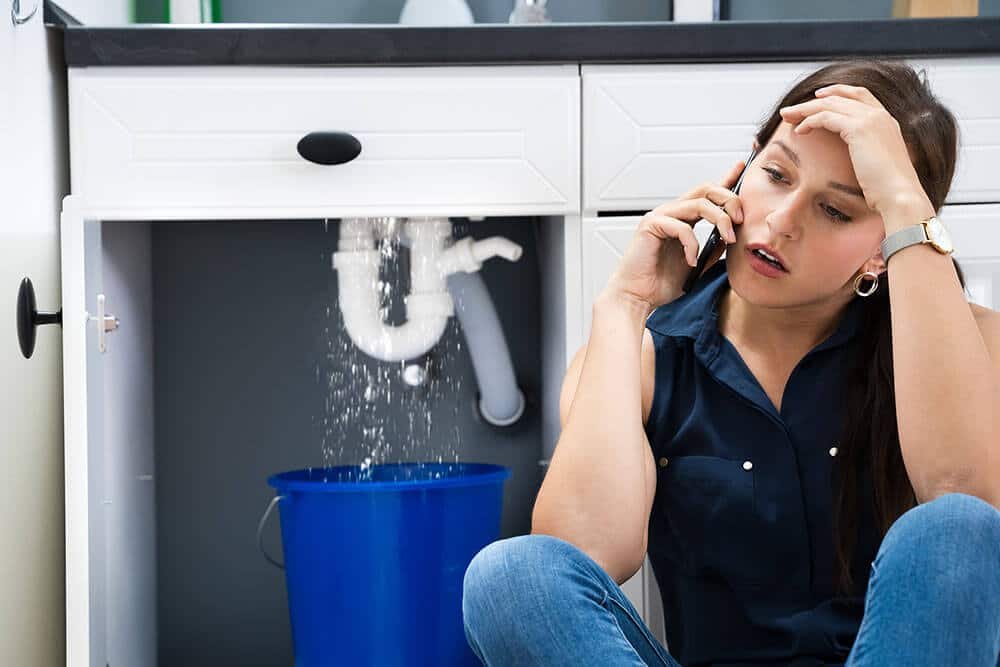Learning the Fundamentals of Home Plumbing: A Beginner's Tutorial
Learning the Fundamentals of Home Plumbing: A Beginner's Tutorial
Blog Article
Do you find yourself interested in info concerning Plumbing Basics For Every Home: The HomeTriangle Guide?

Plumbing is a crucial element of any home, in charge of supplying tidy water for drinking, food preparation, and bathing, along with removing wastewater securely. Understanding the essentials of home plumbing is necessary for every single property owner to guarantee correct maintenance, troubleshooting, and, if needed, fixings. In this novice's overview, we'll cover the fundamental ideas of home plumbing to aid you come to be more accustomed to just how it works.
Supply Of Water System
The supply of water system brings tidy water right into your home from a metropolitan water resource or a private well. It contains a primary water line that attaches to your home's plumbing system, normally located underground. A water meter measures the quantity of water taken in, while a shut-off valve permits you to manage the flow of water right into your home.
Plumbing Fixtures
Plumbing components are gadgets that provide water to various parts of your home and consist of sinks, faucets, bathrooms, showers, bathtubs, and devices such as dish washers and washing equipments. Each component is connected to the water system through pipes and installations and might have its shut-off valve for upkeep or emergencies.
Water Heating System
The water furnace is accountable for heating water for residential use, consisting of showering, cooking, and cleansing. Common kinds of water heaters include tank-type hot water heater, tankless (on-demand) water heaters, and heatpump water heaters. The hot water heater is attached to the supply of water system and supplies hot water to plumbing components as needed.
Drain System
The drainage system eliminates wastewater from your home and lugs it away to a sewage therapy center or septic tank. It consists of a network of pipelines, installations, and fixtures that move wastewater from plumbing fixtures to the primary sewage system line or septic tank. Appropriate drain is essential to stop obstructions, backups, and sewage leakages.
Air flow System
The ventilation system assists keep correct air pressure and prevent drain gases from entering your home. Vent pipes, likewise referred to as vent heaps, extend from plumbing components to the roof, enabling drain gases to run away securely outside. Ventilation pipes likewise permit air to enter the drainage system, assisting in smooth wastewater circulation and stopping suction or vacuum cleaner impacts.
Usual Plumbing Devices
Having the right tools accessible is necessary for carrying out fundamental plumbing repair services and upkeep tasks. Typical plumbing tools include adjustable wrenches, pipe wrenches, pliers, pipe cutters, hacksaws, plungers, augers (or drain snakes), and Teflon tape. Having these tools readily offered can aid you take on small plumbing concerns efficiently.
Basic Plumbing Repairs
While some plumbing repairs might require specialist aid, several usual concerns can be resolved with fundamental do it yourself methods. Discovering exactly how to repair a dripping tap, unblock a drain, replace a toilet flapper, or fix a leaking showerhead can save you time and money on plumbing repair work.
Conclusion
Comprehending the fundamentals of home plumbing is important for every home owner to keep a risk-free, functional, and efficient plumbing system. By acquainting yourself with the supply of water system, plumbing fixtures, water drainage system, air flow system, common plumbing devices, and fundamental repair work, you can confidently resolve small plumbing issues and guarantee your home's plumbing system operates efficiently.
Plumbing for Beginners: A Comprehensive Guide
If you’re a beginner when it comes to plumbing, don’t worry; you’re not alone. Plumbing may seem intimidating, but with the right knowledge and a little practice, you can handle many common plumbing issues on your own. In this comprehensive guide, we will demystify the world of plumbing for beginners, providing you with the basic knowledge and skills needed to tackle common plumbing problems and even take on some DIY plumbing projects.
The Importance of Basic Plumbing Knowledge for Beginners:
First and foremost, basic plumbing knowledge gives you a solid foundation. It helps you grasp the key concepts and terminology that are essential in this field. By learning the basics, you’ll be able to build upon that knowledge and tackle more complex plumbing tasks in the future.
Having a basic understanding of plumbing also enables you to handle common issues that may arise in your home. Picture this: a leaky faucet or a clogged drain. With some basic plumbing knowledge, you’ll have the confidence to troubleshoot and fix these problems on your own. It saves you from unnecessary expenses and the hassle of waiting for a professional to arrive.
As a beginner, learning the basics of plumbing empowers you to take care of your own home. It gives you a sense of independence and self-reliance. You’ll no longer have to rely solely on professionals for every small issue that pops up. Instead, you can handle many tasks yourself, saving time and money in the process.
Remember, everyone starts as a beginner. Embrace the learning process and take small steps to expand your plumbing knowledge. There are plenty of online resources, tutorials, and even local workshops that talk about plumbing for beginners.
Essential Tools for Plumbing for Beginners
As you start your plumbing journey, having the right tools in your toolbox is crucial. Let’s explore some of the must-have tools:
Adjustable Wrench:
This versatile tool is a staple in any plumber’s toolbox. It allows you to tighten or loosen nuts and bolts of various sizes. Make sure to have an adjustable wrench with a comfortable grip.
Pipe Wrench:
A pipe wrench is specifically designed for gripping and turning pipes. It has serrated jaws that provide a strong grip, making it easier to loosen or tighten threaded pipes and fittings.
Plunger:
The plunger is a simple yet effective tool for clearing clogged drains and toilets. It creates suction when you push and pull, helping to dislodge blockages. Keep a good-quality plunger handy for those unexpected clogs.
Pipe Cutter:
When it comes to cutting pipes, a pipe cutter is your go-to tool. It creates clean, precise cuts without damaging the pipe. Look for a pipe cutter that can handle the pipe sizes you’re working with.
Hacksaw:
A hacksaw is useful for cutting through pipes, screws, and other materials. It’s a versatile tool that can handle different cutting tasks. Remember to use a blade suitable for cutting metal.
Tape Measure:
Accurate measurements are crucial in plumbing. A tape measure allows you to measure pipe lengths, distances, and dimensions accurately. Opt for a sturdy tape measure that extends a good length.
Pliers:
Pliers come in handy for various tasks, such as gripping, bending, and cutting. Slip-joint pliers with adjustable jaws are great for gripping pipes, nuts, and bolts.

Do you appreciate more info about ? Give a remark down below. We will be happy to see your opinion about this blog entry. Hoping that you come back again in the future. Are you aware of someone else who is excited by the subject? Please feel free to promote it. Many thanks for going through it.
This Resource Report this page